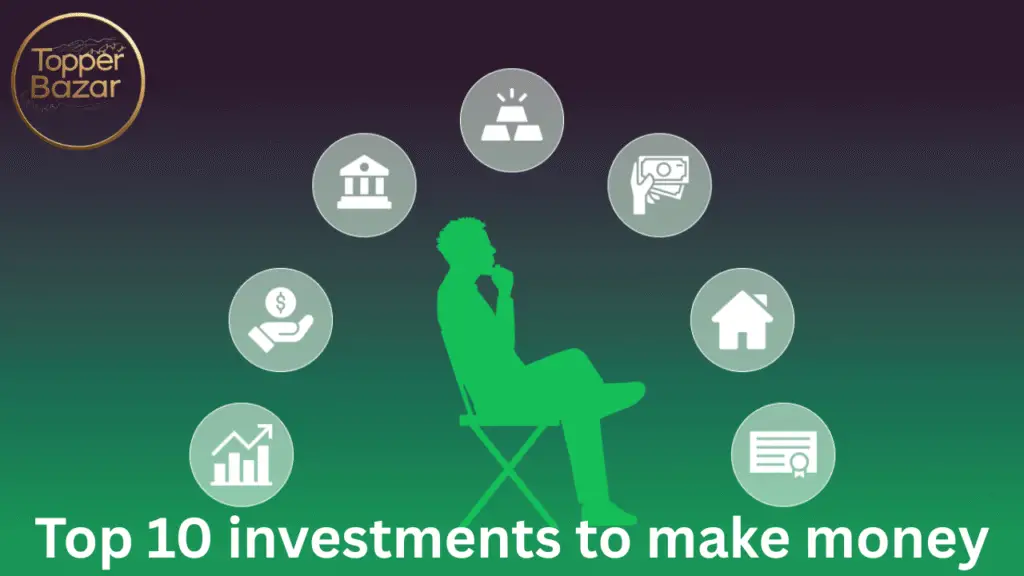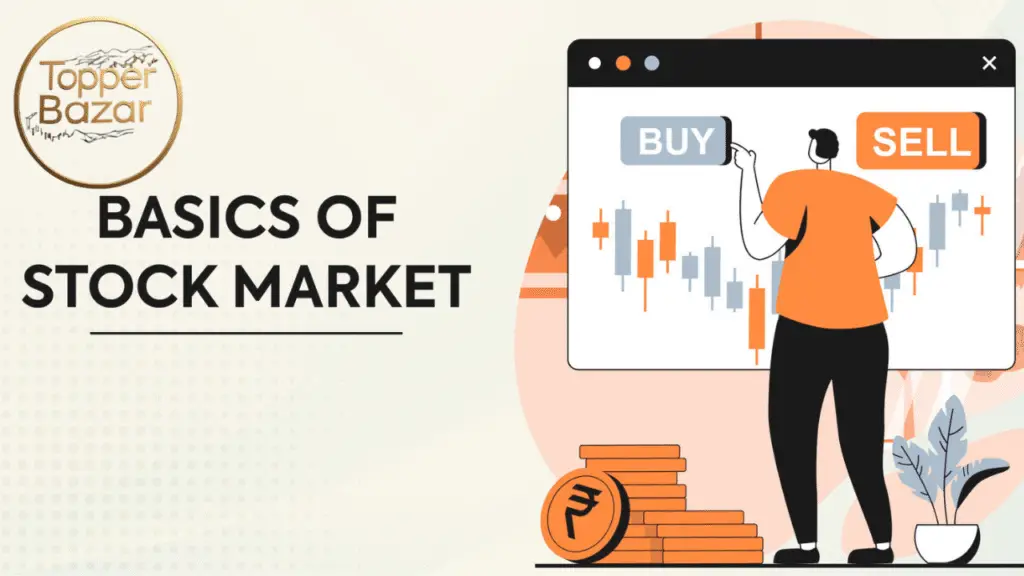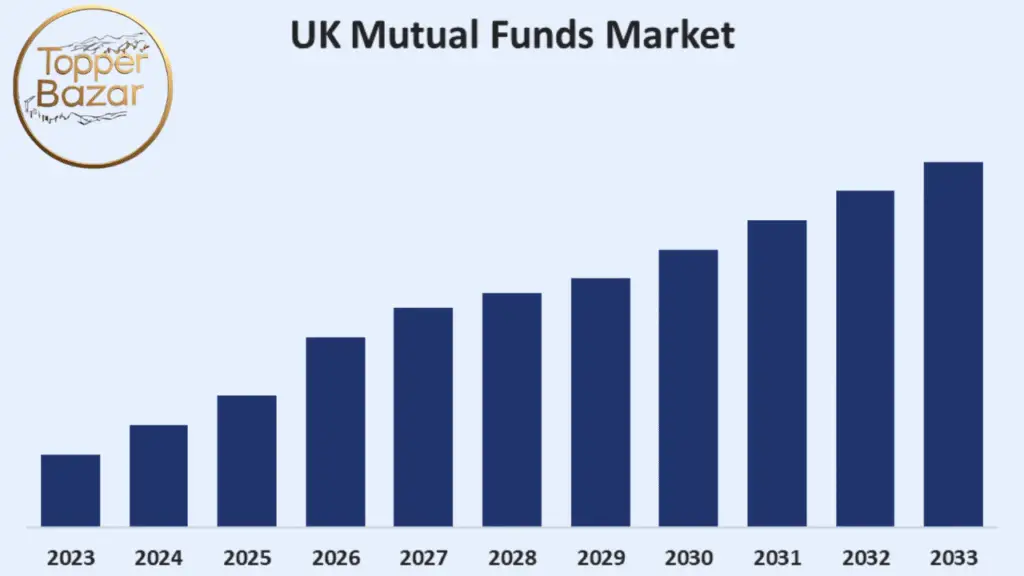Understanding how ETFs Work is a key step for anyone looking to grow their wealth through personal finance and investing. Exchange-Traded Funds (ETFs) are popular investment vehicles that offer diversification, low costs, and flexibility, making them ideal for beginners and seasoned investors alike. They allow you to invest in a broad range of assets, like stocks or bonds, with the ease of trading a single stock. This article explains what ETFs are, how they function, their benefits and risks, and practical steps to start investing in them, helping you build a strong financial future.
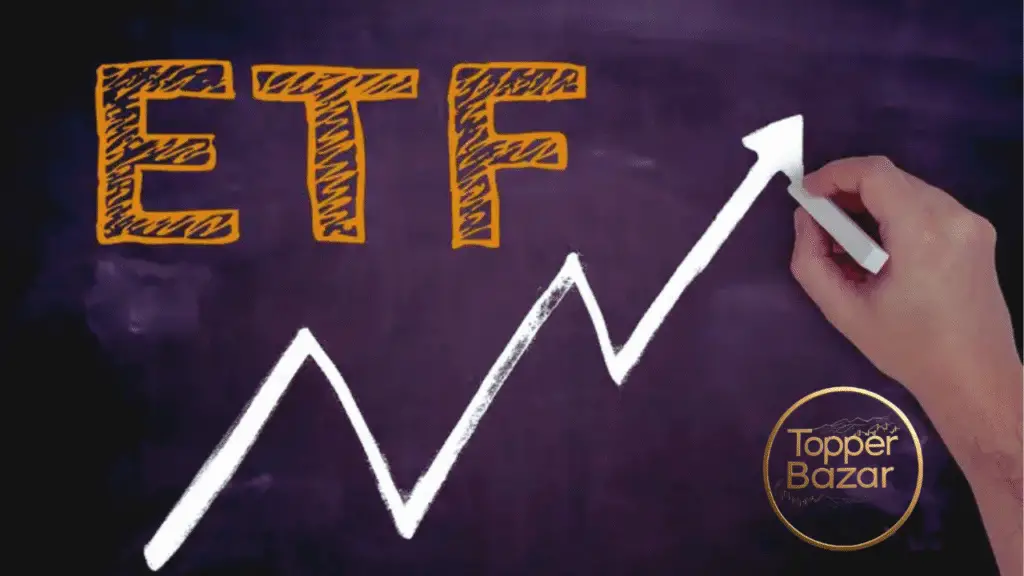
What Are ETFs?
ETFs Work, or Exchange-Traded Funds, are investment funds that trade on stock exchanges, like the NYSE or Nasdaq, just like individual stocks. They pool money from many investors to buy a diversified mix of assets, such as stocks, bonds, or commodities, often tracking an index like the S&P 500. For example, an S&P 500 ETF holds shares of the 500 largest U.S. companies, giving you exposure to firms like Apple and Microsoft in one investment. ETFs combine the diversification of mutual funds with the flexibility of stock trading.
How ETFs Work
ETFs work by tracking a specific index, sector, or asset class. Here’s a simple breakdown of their mechanics:
- Structure: An ETF provider, like Vanguard or iShares, creates the fund by buying the underlying assets (e.g., stocks in the S&P 500). The ETF is then divided into shares that investors can buy or sell.
- Trading: ETF shares trade on exchanges throughout the day at market prices, unlike mutual funds, which trade only at day’s end. You can buy or sell ETFs through brokerage accounts like eToro or Trading 212.
- Tracking: Most ETFs aim to mirror an index’s performance. For instance, if the S&P 500 rises 1%, an S&P 500 ETF should rise similarly, minus small fees.
- Dividends: Many ETFs pay dividends from underlying assets, which you can reinvest or take as cash, boosting returns.
- Creation and Redemption: Authorized participants (large financial institutions) can exchange ETF shares for the underlying assets or vice versa, keeping the ETF’s price close to its net asset value (NAV).
For example, buying one share of the Vanguard S&P 500 ETF (VOO) at $400 gives you a stake in 500 companies, with the price moving as the index does.
Types of ETFs
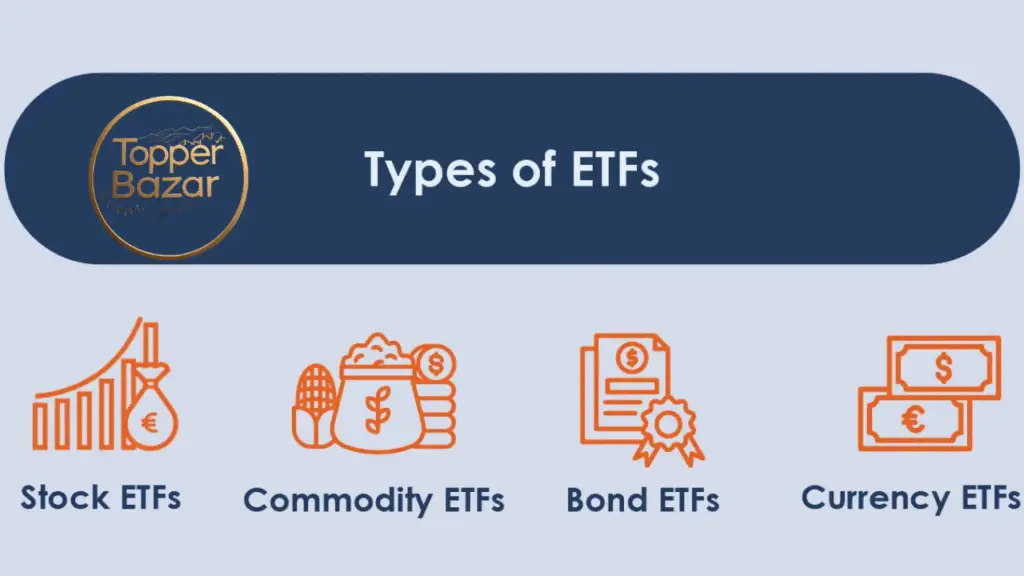
- Equity ETFs: Track stock indices (e.g., S&P 500, FTSE 100) or sectors (tech, healthcare). Example: SPY (S&P 500).
- Bond ETFs: Hold bonds for stable income, ideal for conservative investors. Example: iShares Core U.S. Aggregate Bond ETF (AGG).
- Commodity ETFs: Track assets like gold or oil. Example: SPDR Gold Shares (GLD).
- International ETFs: Invest in foreign markets, like emerging markets. Example: iShares MSCI Emerging Markets ETF (EEM).
- Thematic ETFs: Focus on trends like clean energy or AI. Example: ARK Innovation ETF (ARKK).
Benefits of ETFs
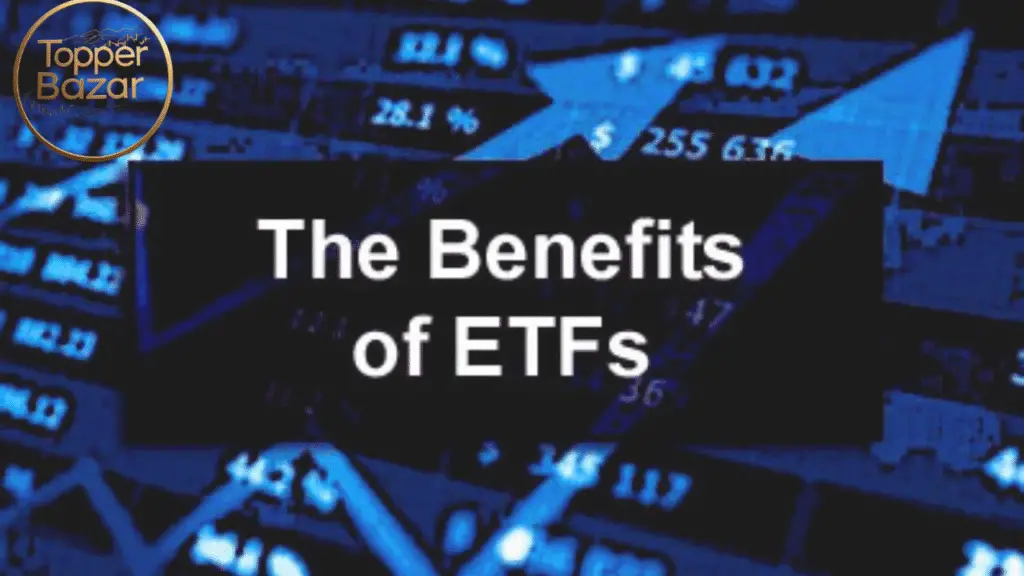
- Diversification: One ETF can hold hundreds of assets, reducing risk compared to single stocks. For example, a FTSE 100 ETF spreads risk across 100 UK firms.
- Low Costs: ETFs have low expense ratios (0.03–0.5%), compared to mutual funds (0.5–2%). For instance, VOO’s 0.03% fee means $3 yearly on a $10,000 investment.
- Flexibility: Trade anytime during market hours, unlike mutual funds, allowing quick responses to market changes.
- Accessibility: Start with as little as £1 via platforms like Trading 212 or InvestEngine, which offer fractional shares.
- Tax Efficiency: ETFs typically have lower capital gains taxes than mutual funds due to their structure.
- Passive Income: Dividend-paying ETFs, like Vanguard’s VYM, yield 2–4% annually, providing steady income.
Risks to Understand
- Market Risk: ETFs tied to stocks or sectors can lose value during downturns. For example, the S&P 500 fell 19% in 2022.
- Tracking Error: Some ETFs slightly deviate from their index due to fees or management issues.
- Liquidity Risk: Less popular ETFs may have low trading volume, making them harder to sell at desired prices.
- Sector Risk: Thematic or sector ETFs (e.g., tech) can be volatile if the sector underperforms.
- Fees: While low, fees can add up. A 0.5% fee on $10,000 costs $50 yearly, reducing returns.
How to Start Investing in ETFs
- Set Goals: Decide what you’re investing for—retirement, a home, or passive income—and your timeline (e.g., 5 or 20 years).
- Budget: Free up cash using tools like a grocery bill calculator to save £50–£100 monthly for investing.
- Open a Brokerage Account: Use UK apps like eToro, Trading 212, or InvestEngine, which offer commission-free ETF trading and ISAs for tax-free gains up to £20,000 yearly.
- Choose ETFs: Start with broad-market ETFs like Vanguard FTSE All-World (VWRL) for diversification. Research using Morningstar or ETF.com.
- Start Small: Invest £10–£100 monthly via fractional shares on platforms like Freetrade.
- Automate: Set up regular contributions to benefit from pound-cost averaging, reducing the impact of market dips.
- Monitor: Check your portfolio yearly to ensure it aligns with goals and rebalance if needed.
Real-World Impact
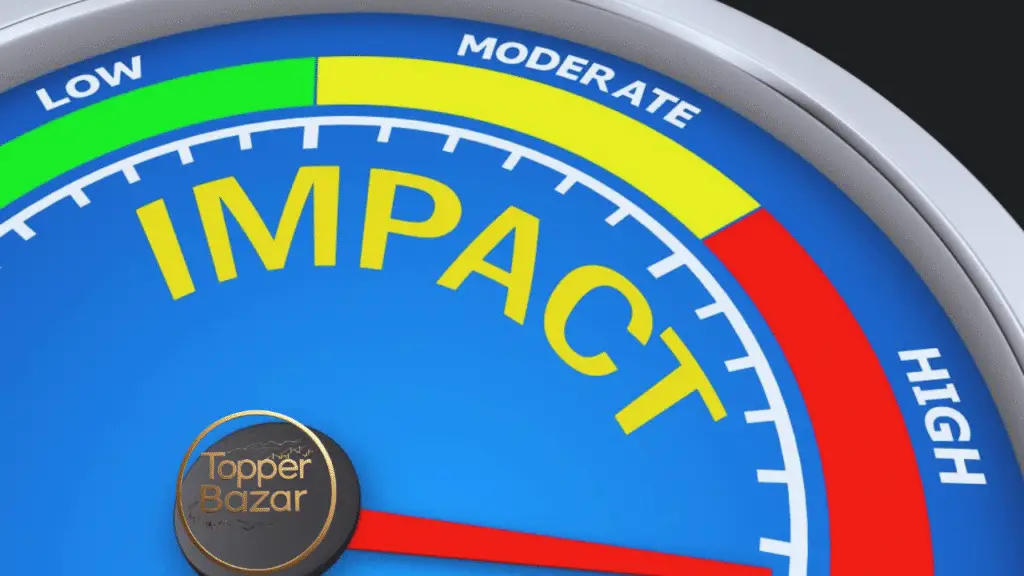
Web sources show ETF success. A Reddit user invested £500 in VWRL via Trading 212, adding £50 monthly, growing to £2,500 in 5 years at 8%. A Which? review praised InvestEngine for ETF-focused portfolios, with users turning £1,000 into £1,600 in 3 years. These highlight how ETFs work to build wealth with small, consistent investments.
ETFs Work for Personal Finance
Understanding how ETFs work supports personal finance by offering low-cost, diversified investing. Saving £50 monthly from a reduced grocery bill and investing in an ETF at 7% could yield £17,000 in 20 years, funding retirement or a child’s education. ETFs align with financial discipline, encouraging regular investing and long-term growth.
Conclusion
Learning how ETFs Work opens the door to smart investing for UK beginners and beyond. Their low costs, diversification, and flexibility make them ideal for building wealth. Start with a trusted app like Trading 212 or InvestEngine, choose broad-market ETFs, and use calculators to plan. With discipline and a long-term view, ETFs can transform your personal finance, turning small investments into significant gains.

